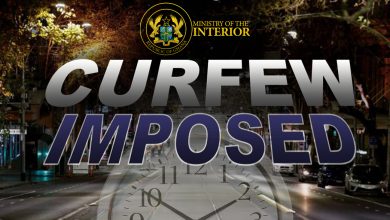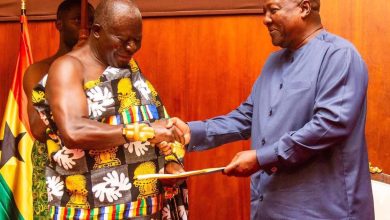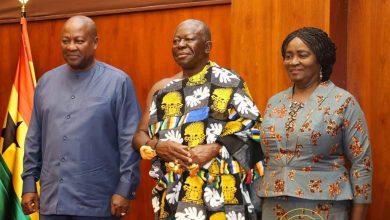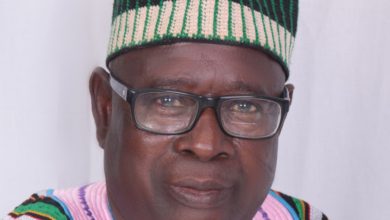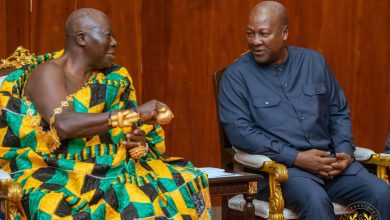Manhyia Palace receives 130 more Gold and Art objects from South Africa and Britain
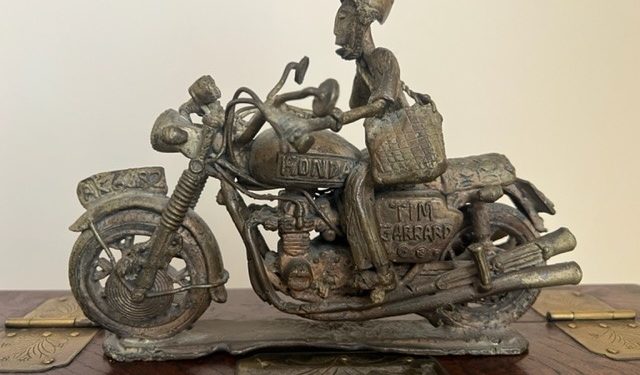
Artworks of gold and bronze created in Kumasi and other parts of Asante from the 1870s have been officially returned to the Asantehene, Otumfuo Osei Tutu II, at the Manhyia Palace.
The 130 art pieces, aged between 45 and 160 years, capture the governance systems of Asante villages and towns and highlight the socio-economic significance of gold in the Asante Kingdom.
During the presentation ceremony, the Chief Corporate Affairs and Sustainability Officer of AngloGold Ashanti, Stuart Bailey, led a delegation—including the Managing Director of the Obuasi Mine, Samuel Boakye Pobee, and former Member of Parliament for Obuasi, Edward Ennin—to express the company’s respect for the Asantehene and the cultural heritage of Asanteman.
Otumfuo Osei Tutu II, while expressing appreciation to the mining company, commended AngloGold Ashanti for their gesture of returning the artworks, even though they were originally purchased through open markets. He noted that their decision to return the objects demonstrated goodwill and respect for the source and legacy of the Asante Kingdom.
Out of the total returned items, 110 pieces form part of the original collection of the Barbier-Muller Museum in Geneva, which was assembled by its founding collector, Josef Muller, beginning in 1904. Their return now brings the total number of restituted Asante artifacts in Kumasi to 140.

In addition, 25 separate objects were donated by renowned British art historian and curator, Hermione Waterfield, 86, who worked with Christie’s in London from 1961 and established its Tribal Art Department in 1971.
According to the historian and Director of the Manhyia Palace Museum, Ivor Agyeman-Duah, Waterfield’s donation includes a 46-inch wooden fontomfrom drum believed to have been among the items looted from the Manhyia Palace during the 1900 siege of Kumasi, also known as the Yaa Asantewaa War by British Colonial Officer Sir Cecil Hamilton Armitage, who later became Governor of The Gambia.
Waterfield also inherited these drums and possessed fourteen gold weights acquired between 1967 and 1973, some purchased through Christie’s auctions.
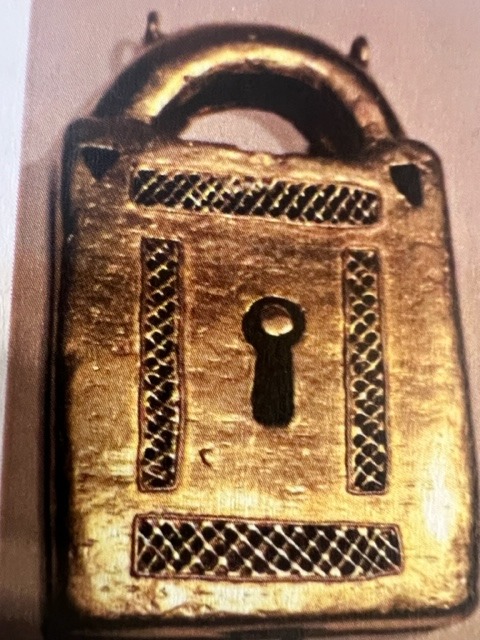
Agyeman-Duah noted that the late British art historian and archaeologist Timothy Garrard, who lived in Kumasi, Accra, and Bouaké in Côte d’Ivoire, played a significant role in documenting and preserving the legacy of Asante metal and goldsmithing arts.
He described Garrard and Waterfield as instrumental figures who deepened global understanding of West African gold and bronze craftsmanship.
Among Waterfield’s notable contributions is a famous brass self-portrait of Timothy Garrard on his motorbike in Kumasi, sculpted in 1980 by Yaw Amankwa.
Agyeman-Duah, who signed the deaccession papers with Waterfield in London last October, revealed that the returned artefacts will soon be displayed at the Manhyia Palace Museum alongside masterpieces by distinguished Ghanaian and African artists such as Ablade Glover, El Anatsui, Ato Delaquis, Nee Owoo, Anthony Kwame Akoto, Vincent Kofi, and Edwin Kwasi Bodjawah.

